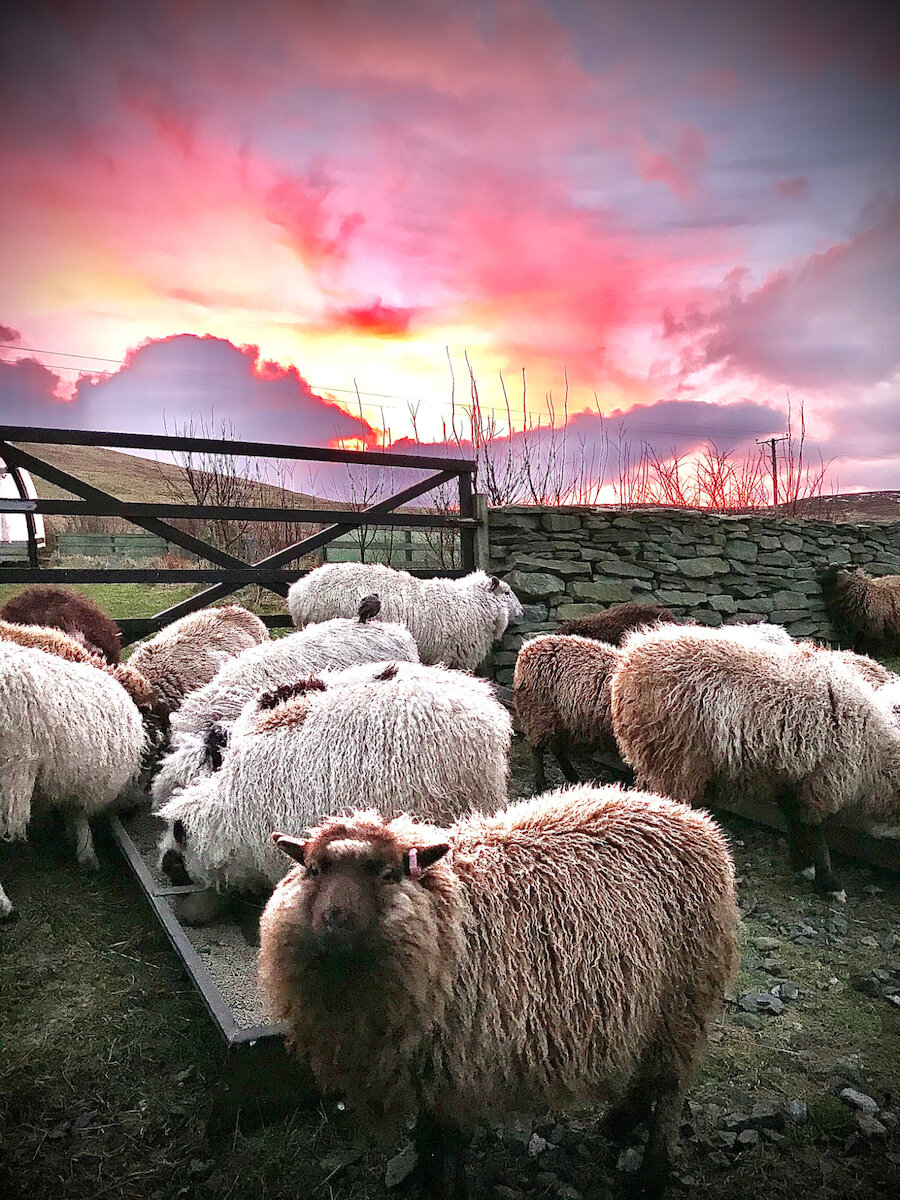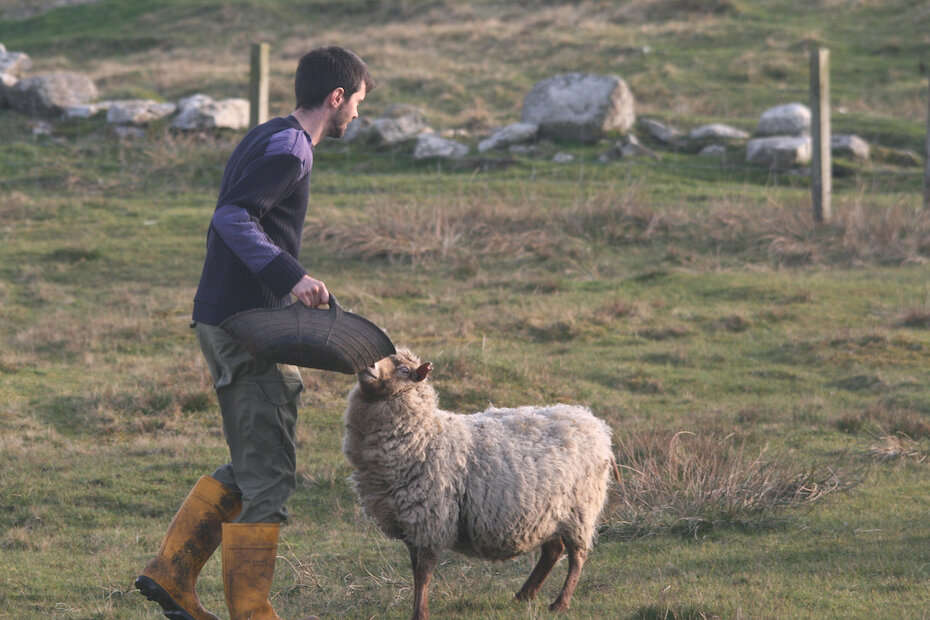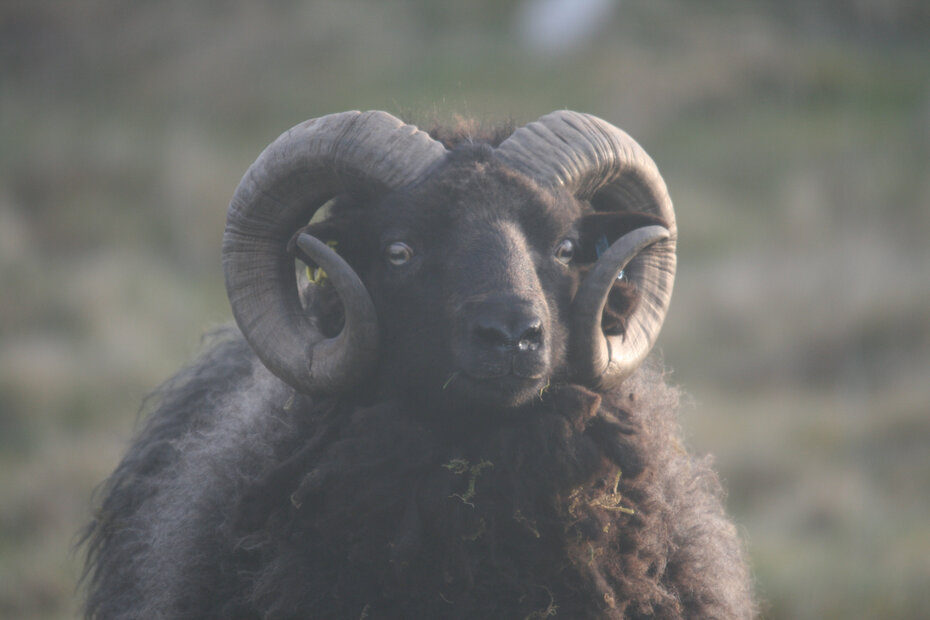The days may be shortening and there’s a definite chill in the air but the steadfast turning of the seasons maintains a degree of continuity to farmers, crofters and rural communities in Shetland.
Shearing, silage and hay work through the summer are complemented, as ever, by an array of maintenance tasks prior to the arrival of the sale season. Well over 65,000 sheep will have been through the ring at the Shetland marts this year between August and November, a hugely significant increase in headage and turnover on past years as more crofters and farmers choose to sell locally rather than shipping to the mainland.
Fundamental to it all, and a crucial element at this time of year as daylight hours recede, is the introduction of rams to breeding sheep. Calendars are marked, dates calculated and, as such, the countdown begins to lambing 2022.



